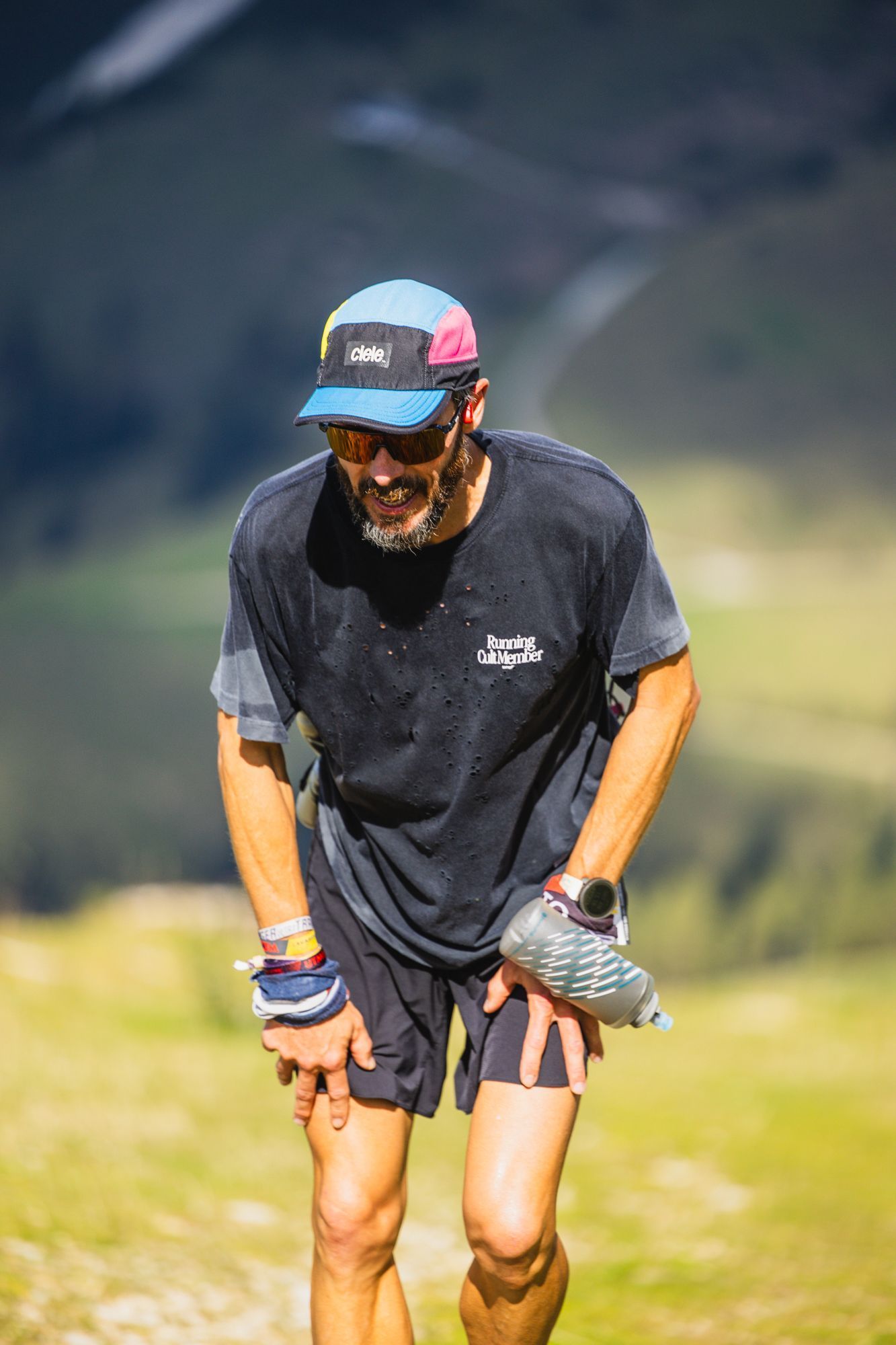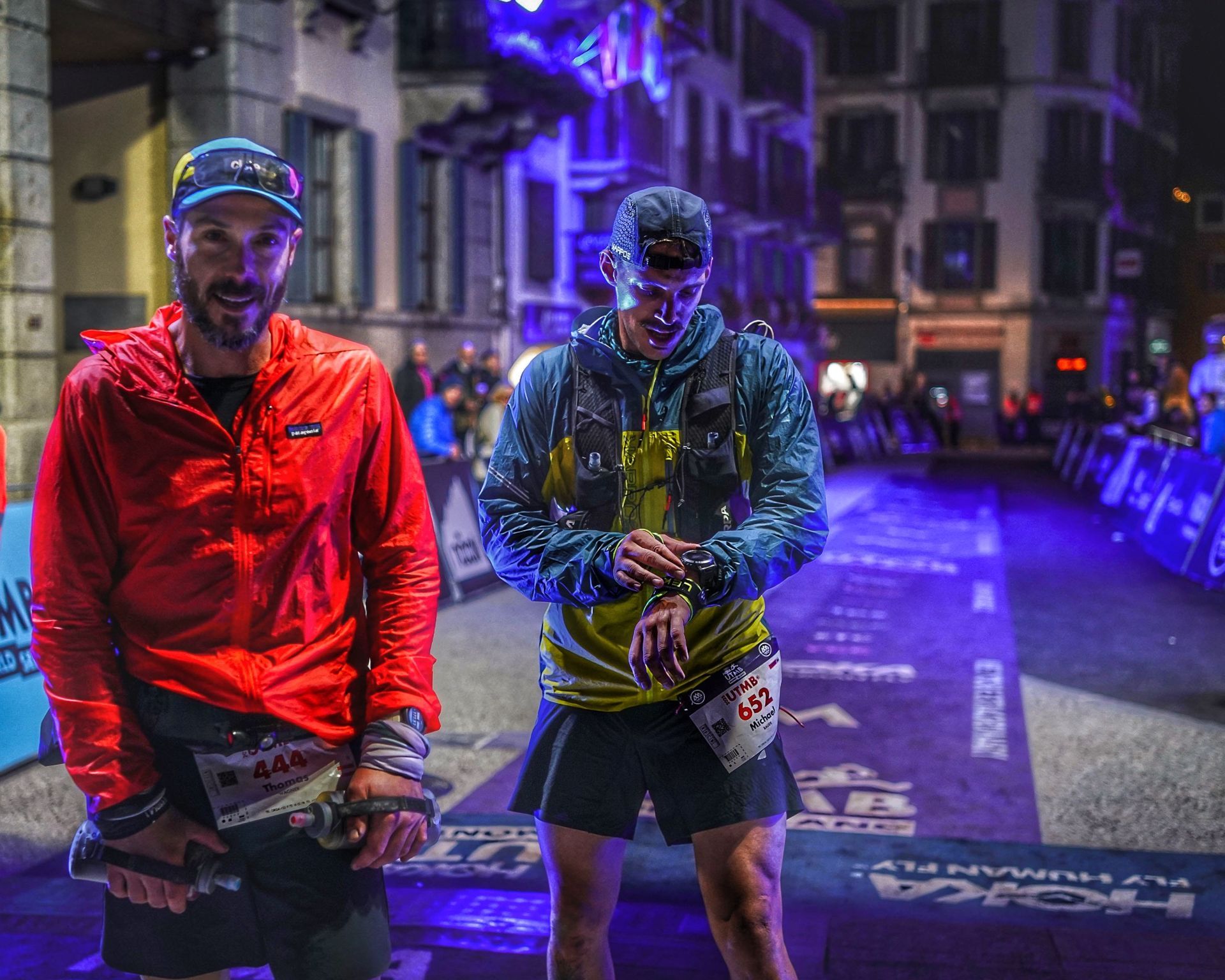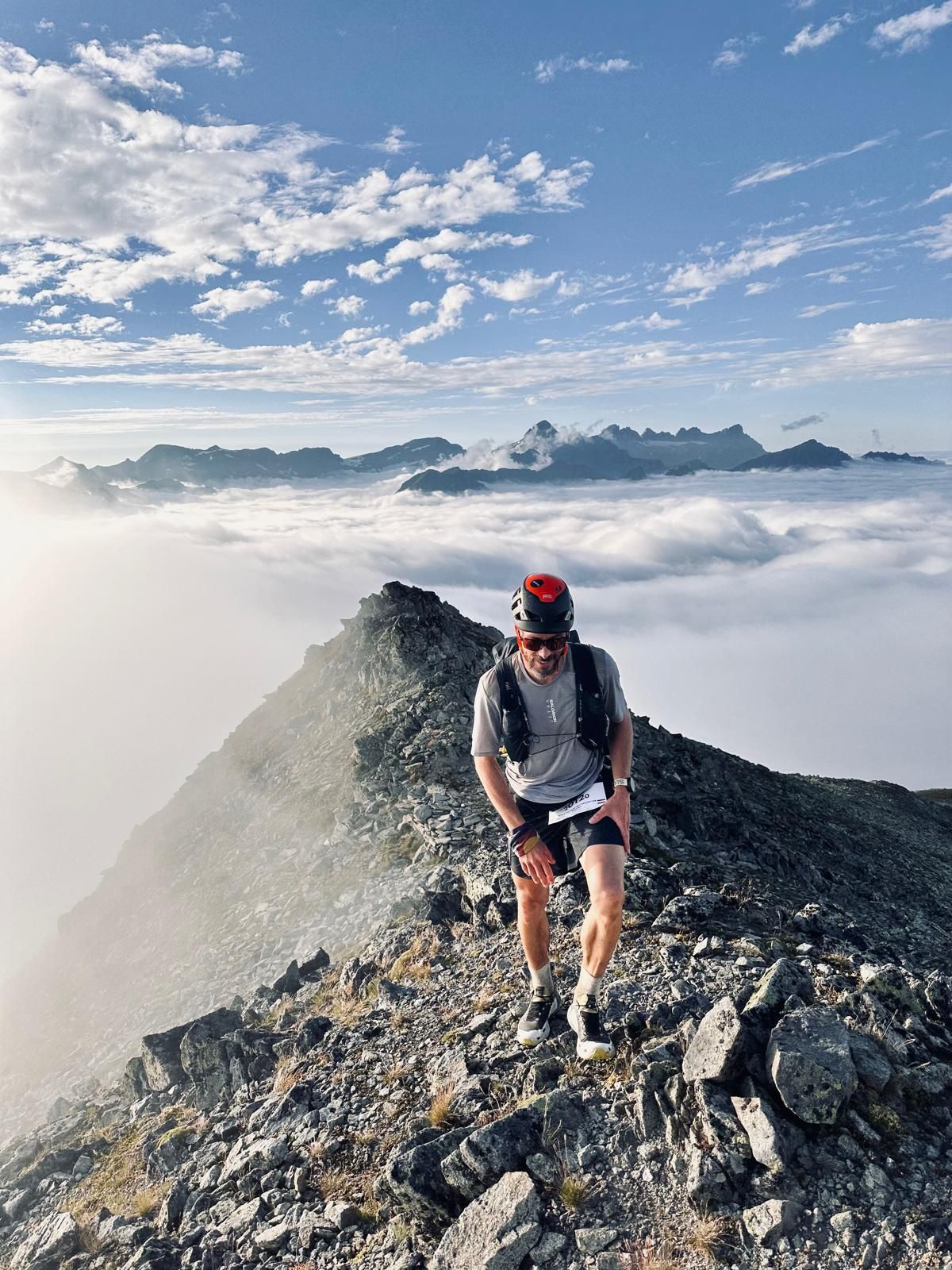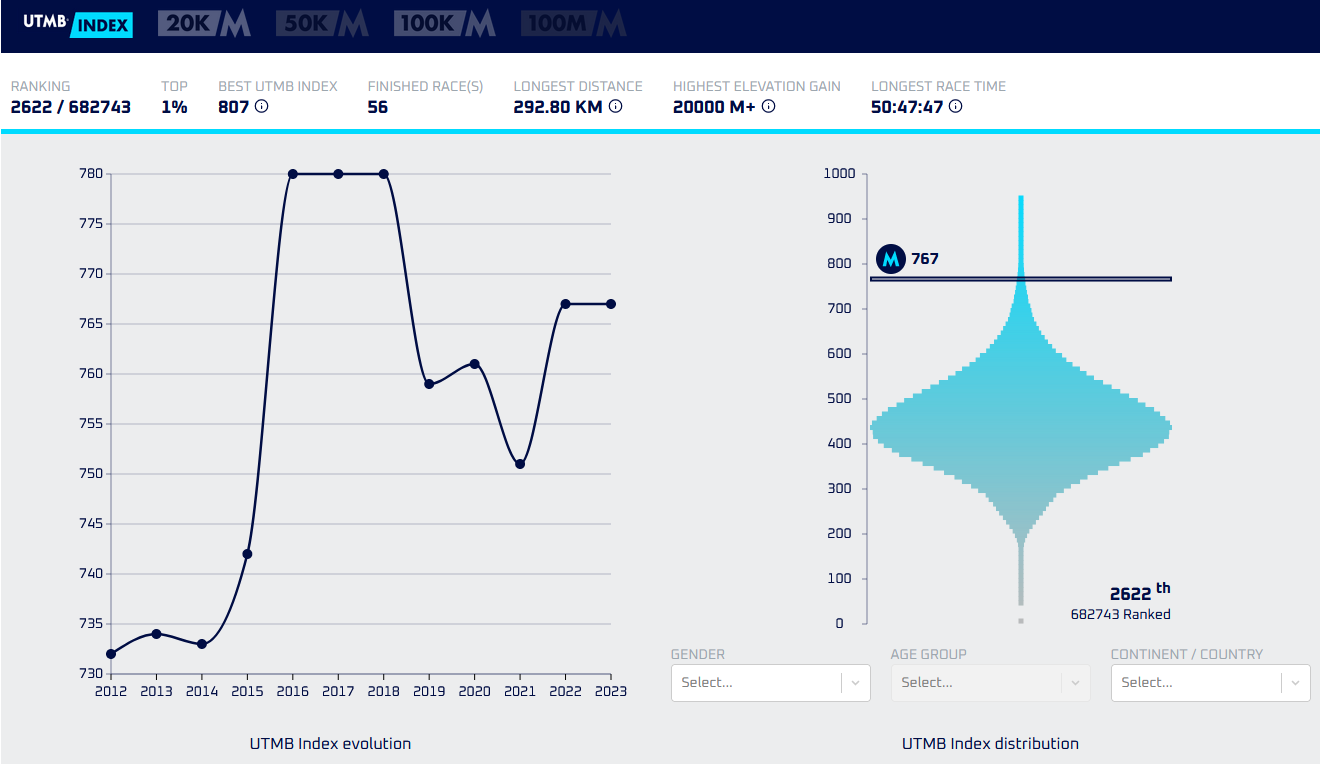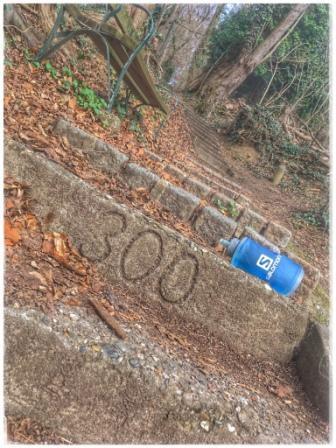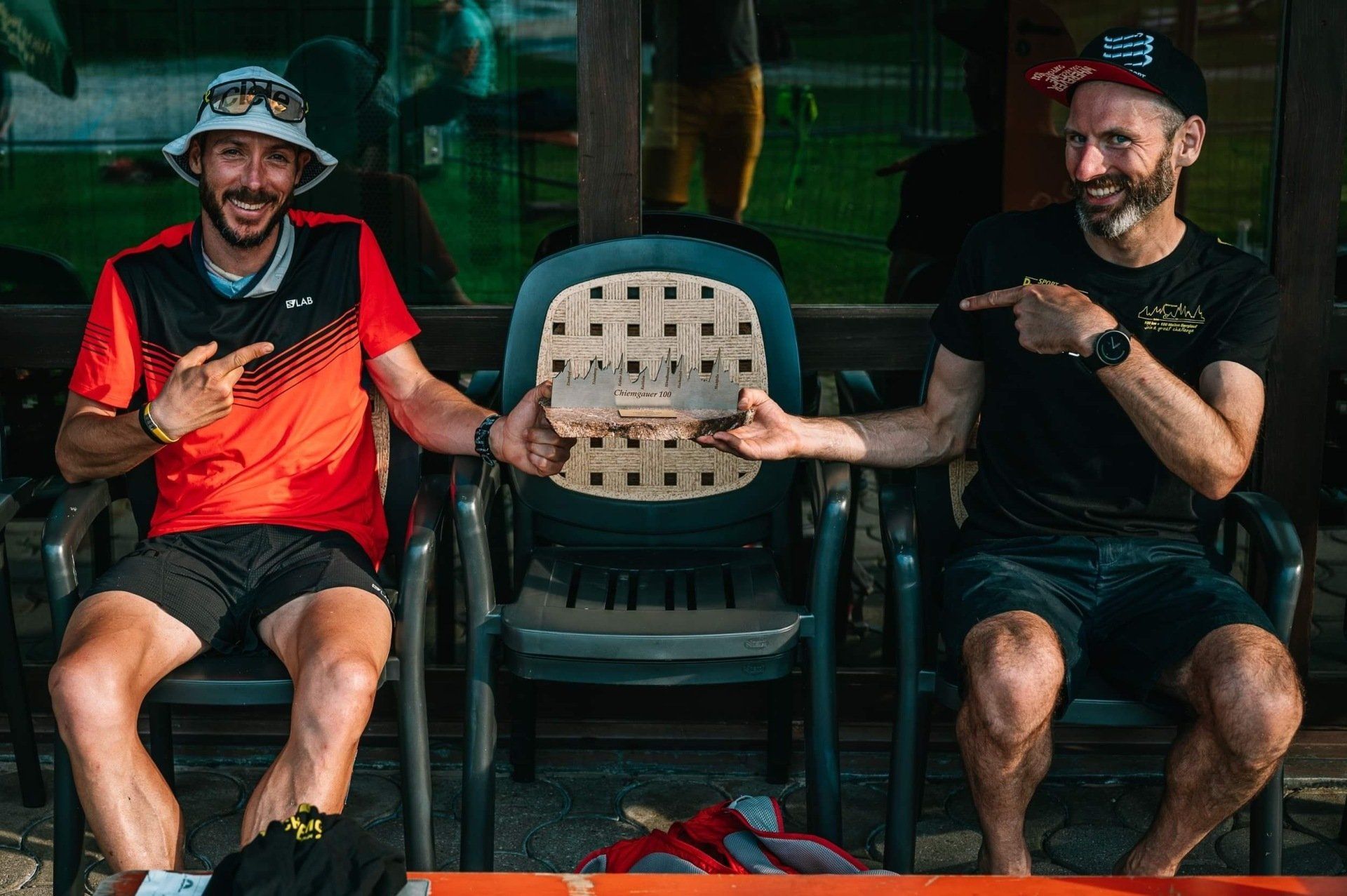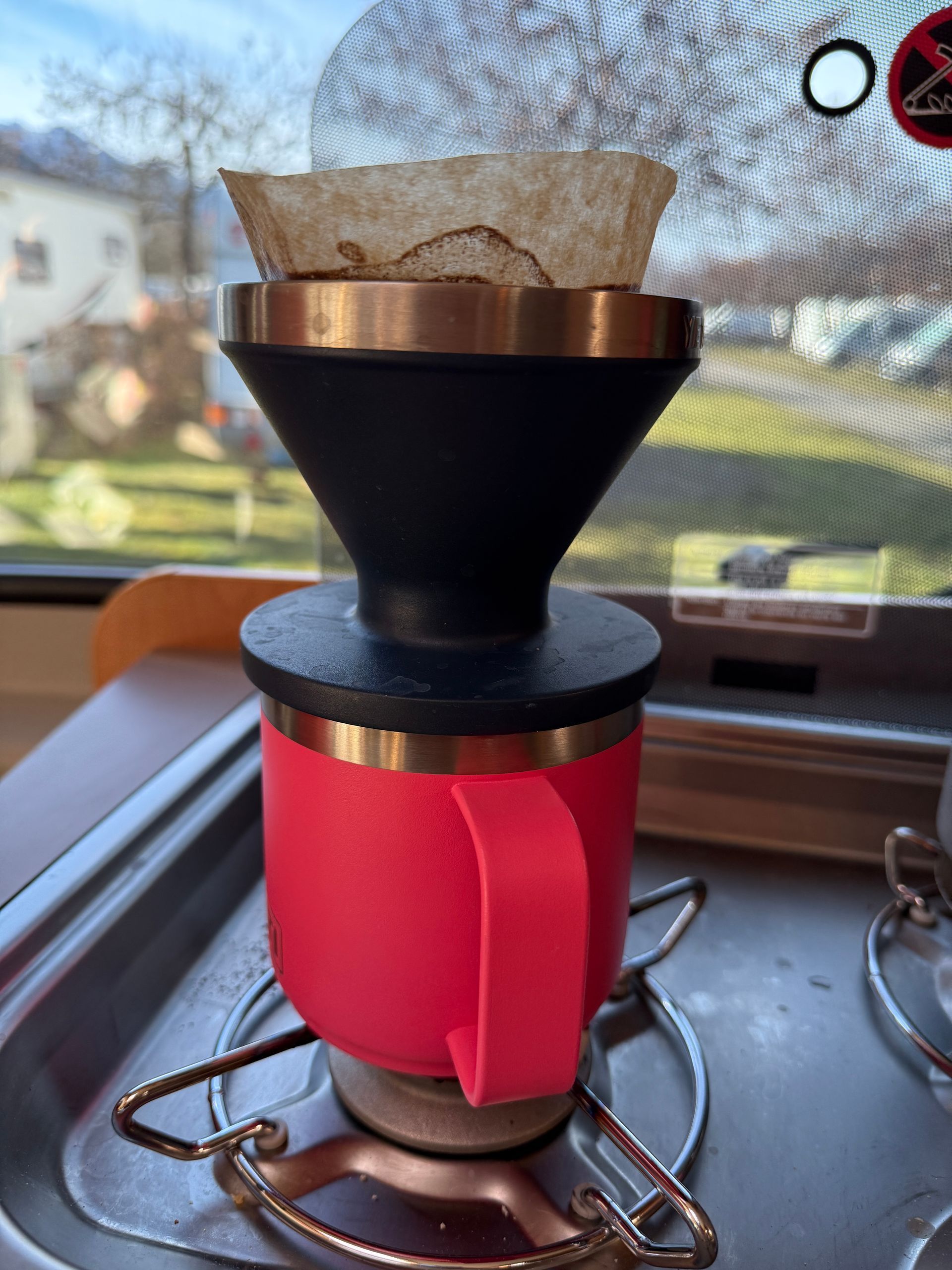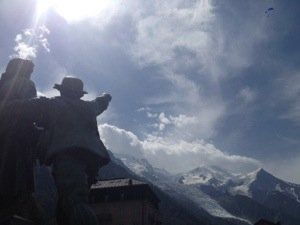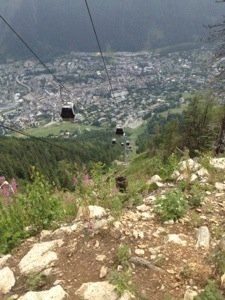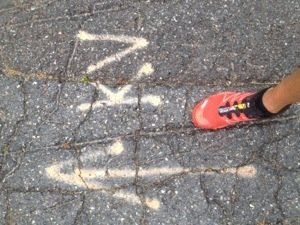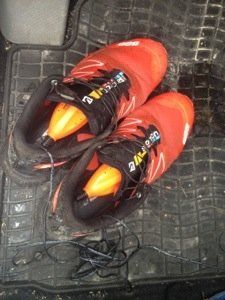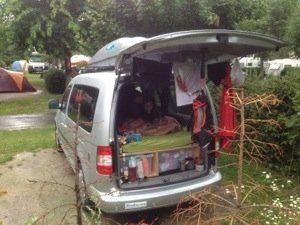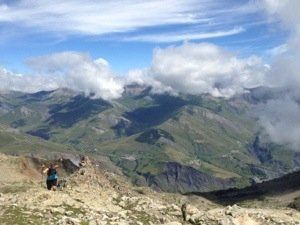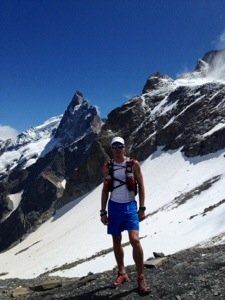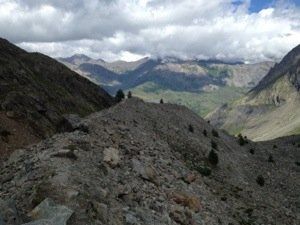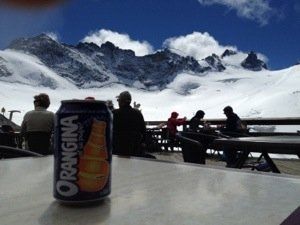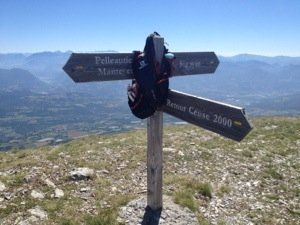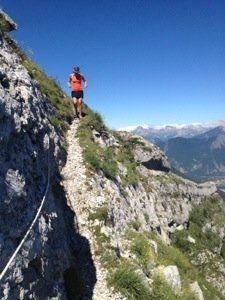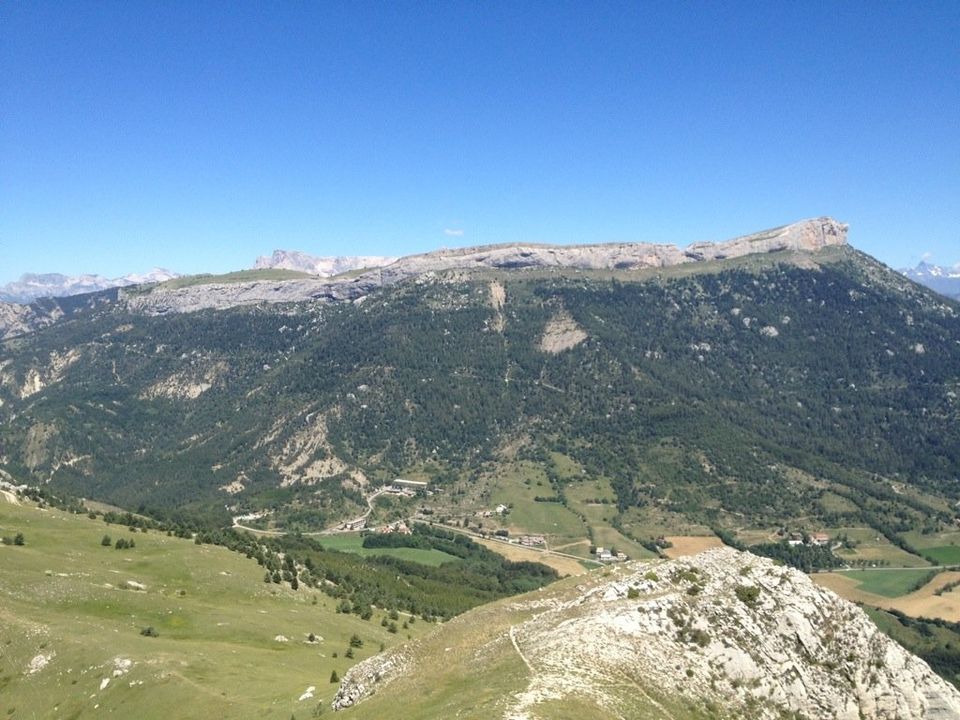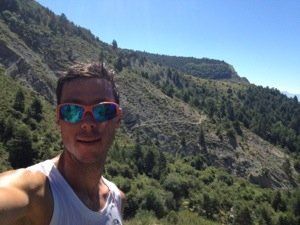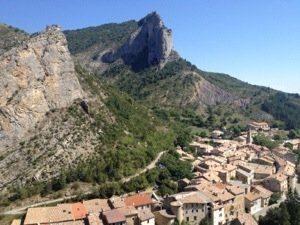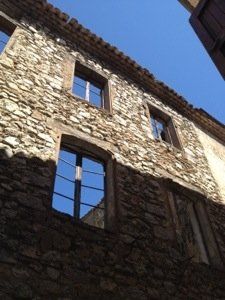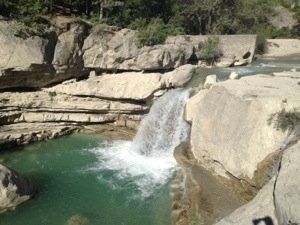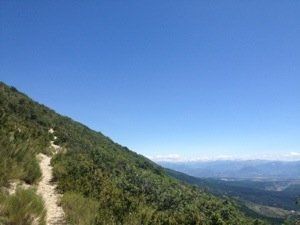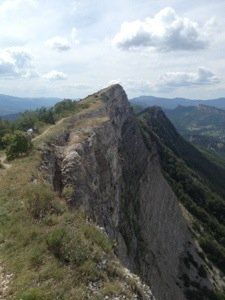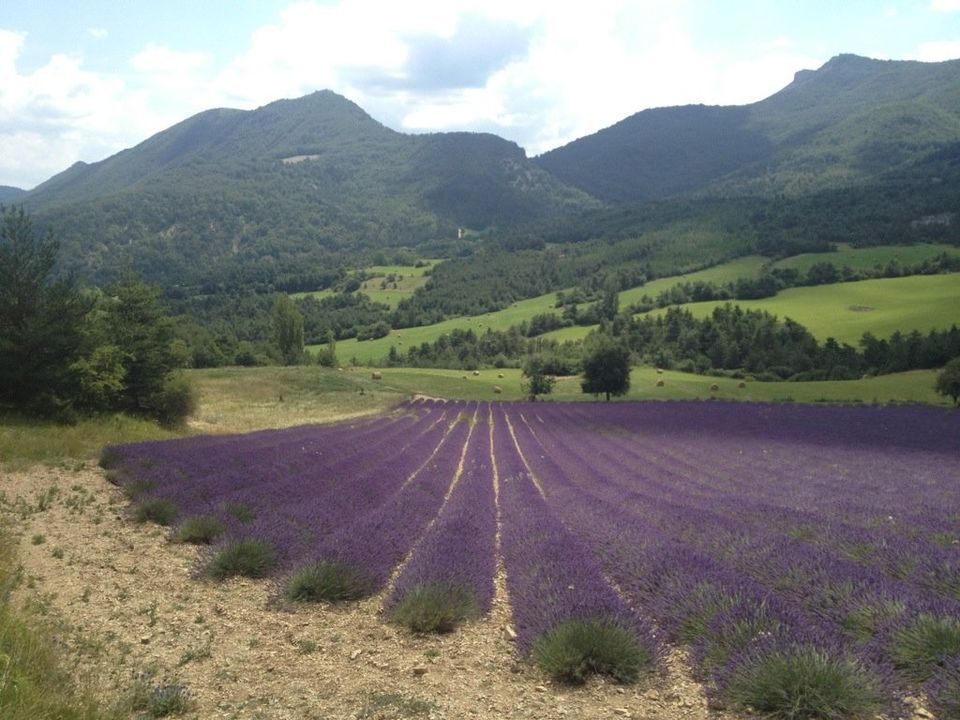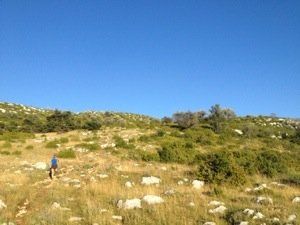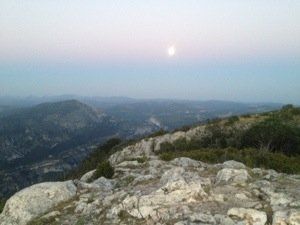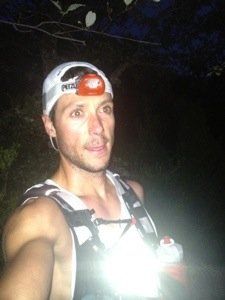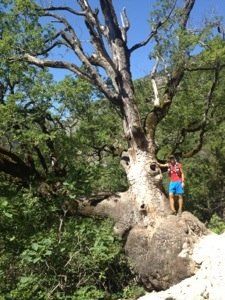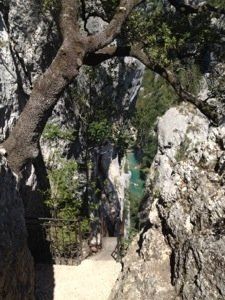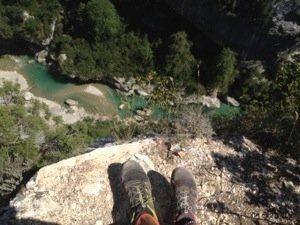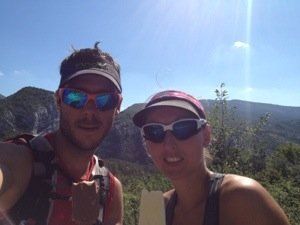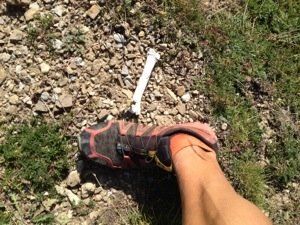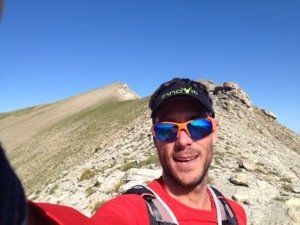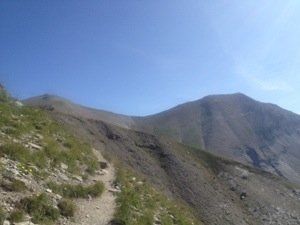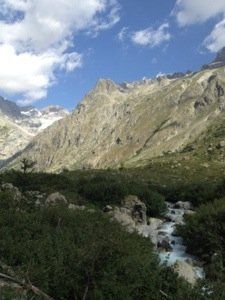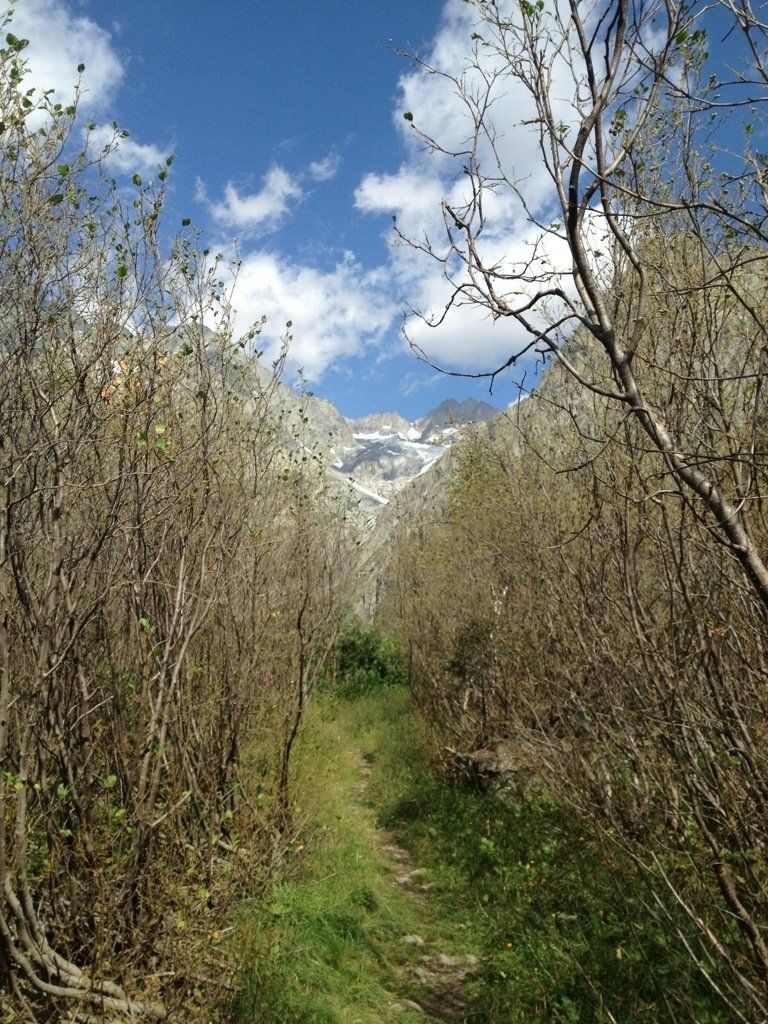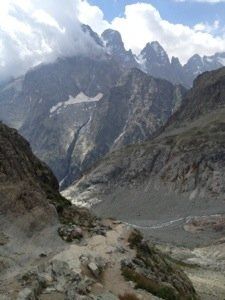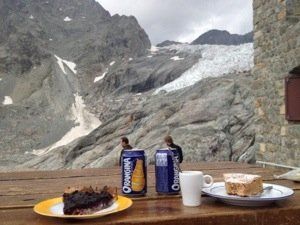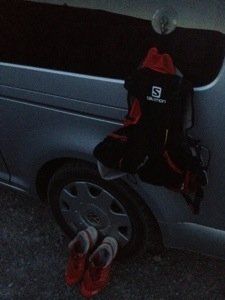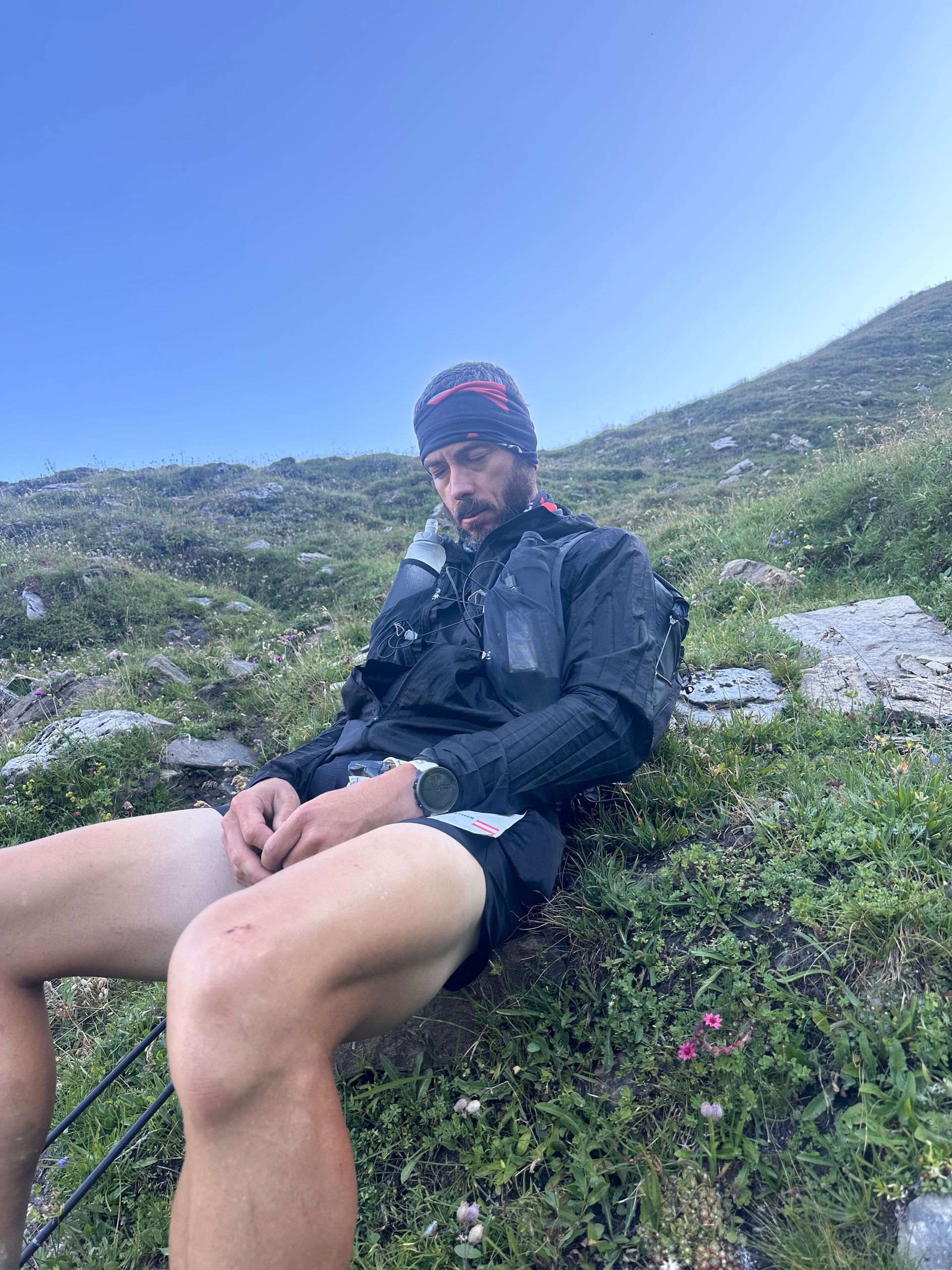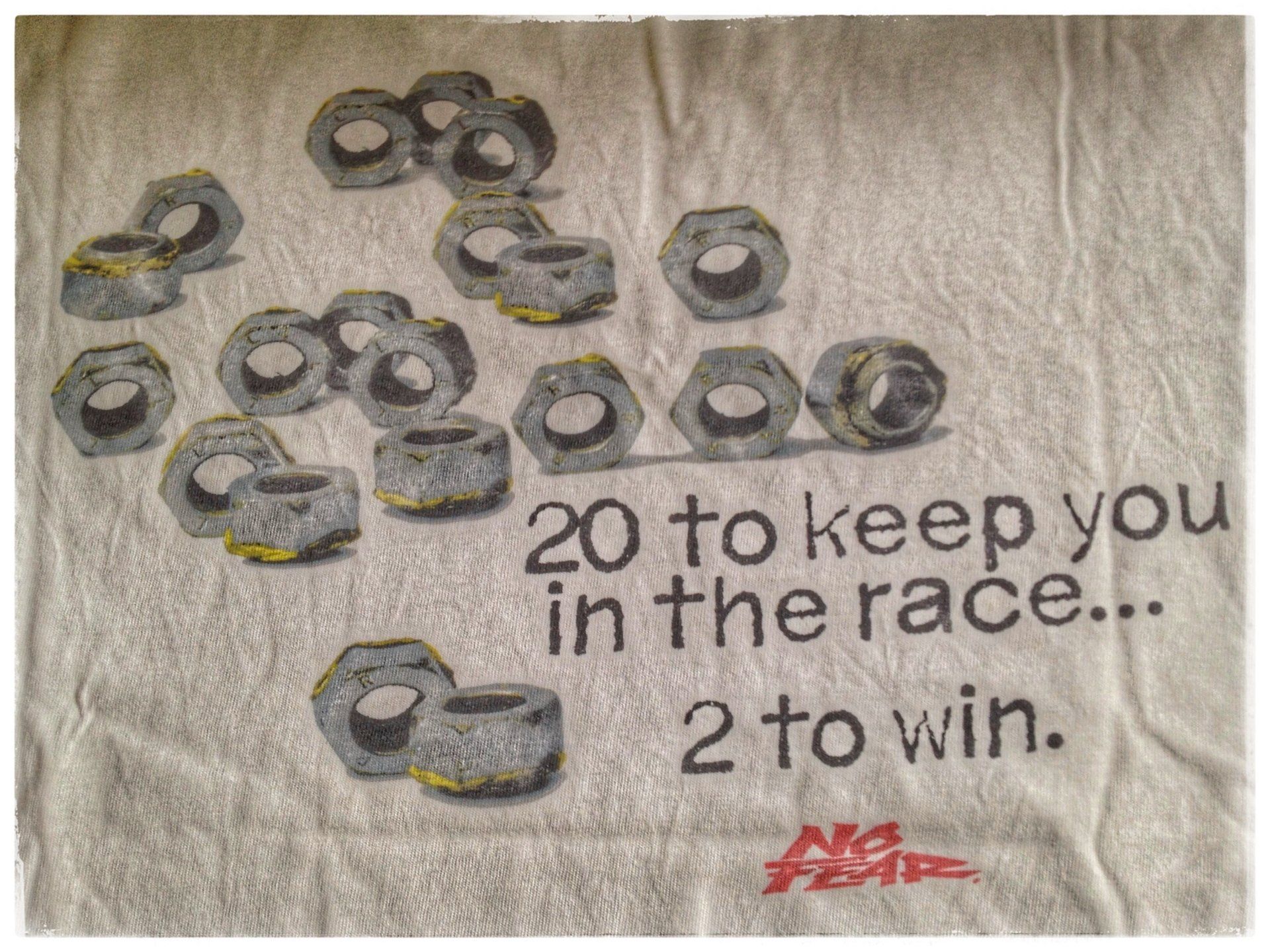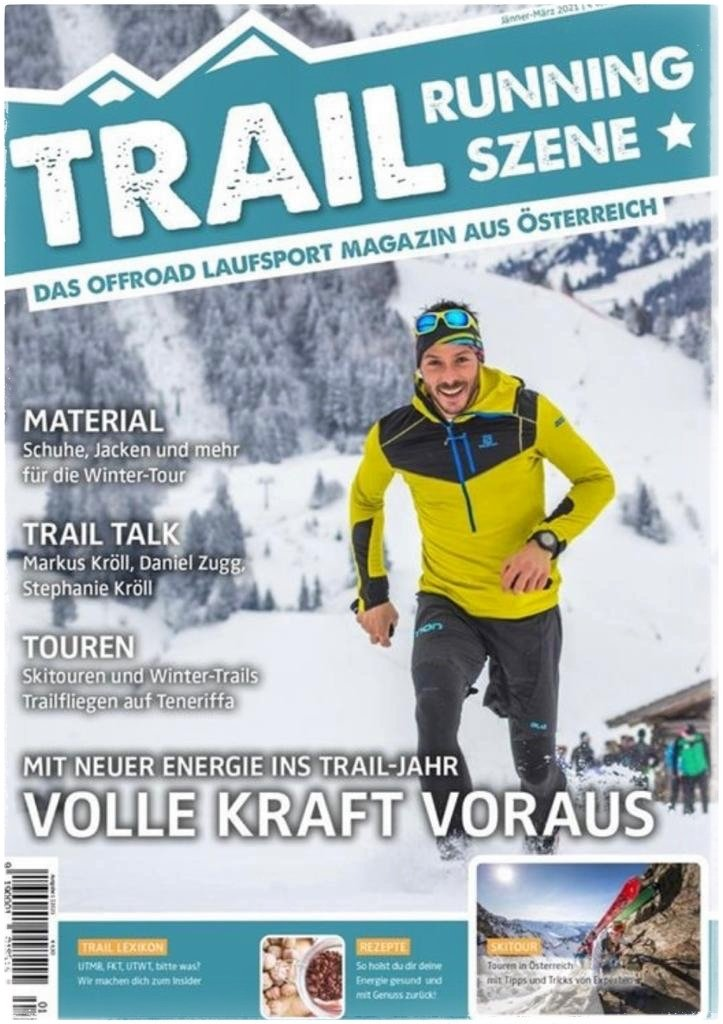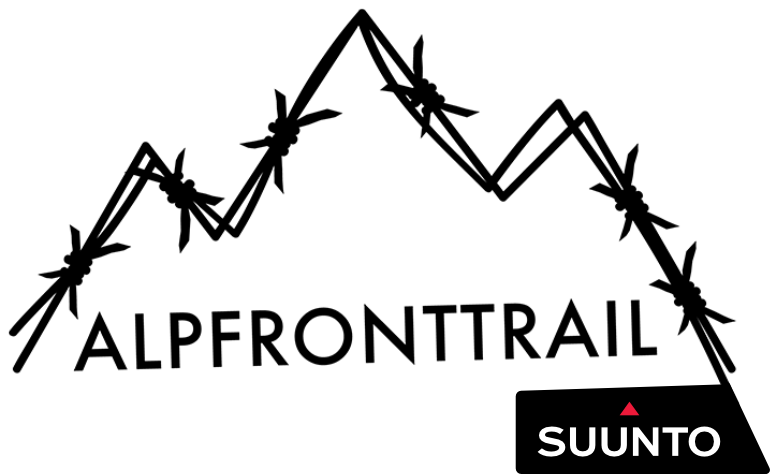Café au Lait, Crêpes & Orangina
this was posted originally on the 24th of August 2013!
Oder
Die perfekte Kombination “alter” Leidenschaften (Klettern und Café) mit einer
“neuen” (Trail laufen)
…nach einem für mich enttäuschenden Chiemgauer 100 Meilen 2013 und einer beruflichen Zwangspause haben Silke a.k.a. die Crew und ich die Idee geboren, dem schönen Frankreich wieder mal einen Besuch abzustatten, mit dem Hintergedanken uns bekannte (und teils auch noch unbekannte) Klettergebiete anzusteuern, etwas zu kraxln und ganz nebenbei das Trailpotenzial dieser Gebiete anzutesten. Gleich vorweg: sehr zu empfehlen!!!
Na gut, meine Kletterkünste waren auch schon mal viel besser und beim Laufen läuft es gerade nicht so gut, aber gerade deswegen ist es eine Reise wert. Einfach ganz entspannt und relaxed die Gegenden entdecken und genießen, viel Kaffee und Orangina zu trinken, das eine oder andere Crêpe, pain au chocolat oder Croissant zu essen und nebenbei an der Kletter- und Laufform arbeiten. Gesagt, getan. Den Caddy mit vielen Laufschuhen und Kletterschuhen vollgestopft und los geht’s. Ok, ein kurzer Abstecher ins Ötztal, an den Lago die Garda und ins Zillertal musste noch sein (Berliner Höhenweg: wir kommen wieder und erledigen dich dann ganz!), aber dann geht es ins Land von Café au Lait und Orangina!
Vermutlich keine weitere Erklärung notwendig, aber einfach immer ein Besuch Wert, noch dazu wenn man dort auch noch Freunde trifft. Nach einem Shoppingtag und einem gemütlichen Lauf nach Les Houches und Retour geht es Tags darauf den Vertical K rauf Richtung Brevent.
Beim Downhill dann die erste und für lange Zeit einzige Dusche von oben. Nice Anyway. Regen. Zeugs trocknen…
Weiter nach La Grave über den Col de Glandon; vermutlich jedem Tour de France Fan ein Begriff, aber eben auch zum laufen so wie es aussieht sehr genial. Leider lässt uns ein Gewitter aber nicht und wir übersiedeln gleich nach La Grave – La Meije. Zum klettern war ich noch nie dort, aber im Winter wohl eines der coolsten freeride Spots die man sich vorstellen kann. Freaks en masse. Nun im Sommer eher zum wandern und Gletscher-Spazieren beliebt, aber eben auch mehr als nur einen Zwischenstopp wert zum laufen.
Dann die 1800hm downhill statt mit Skiern per pedes. Anders, aber super schön!
Und weiter geht’s nach Ceüse (bei Gap) um dort ein paar alte Freunde zu treffen. Ceüse, eines der wohl besten Klettergebiete der Welt! Trailmäßig aber auch nicht von schlechten Eltern, sofern einem nicht der tägliche 1Std. Zustieg zum Klettergebiet nicht eh reicht. Ein Lauf rauf aufs Plateau bzw. entlang der ganzen Krone von Ceüse ist ein Muss.
Daneben der Petite Ceüse bietet sich vor oder nach dem Klettern (je nach Sektor) an. Einmal rundherum dauert schon länger und die Calfs wären eine gute Idee. Nicht wegen der Länge der Strecke, sondern aufgrund des vielen Gebüsch durch das man sich das Beinerasieren sonst sparen kann.
Nach 4 Tagen, zerschundenen Beinen und schon etwas wenig Haut auf den Fingern geht es weiter nach Orpierre. Auch eines der alten Klettergebiete mit nettem Dörfchen und tollem Ambiente.
Und als Nachbartal die George de la Meouge: zum Gumpenbaden der Hammer! Aber eben auch entlang des Flusses und dem Bergkamm zwischen den zwei Tälern Trails zum abwinken.
Aufgrund der Hitze ist die Meouge natürlich eine sehr willkommene Abkühlung, samt Gewand und Schuhe, die ja eh gleich wieder trocken sind. Am Ende des Tales der Col de Perty mit Ausblick auf den Mont Ventoux (…Tour de France) und einem wunderbar verwunschenen Wald und feinsten Pfaden. Doch ein recht monströses Wildschwein hat uns dann früher als geplant umkehren lassen.
Nach 5 Tagen und noch weniger Haut auf den Fingern dann die Übersiedelung ans Linke Ufer der George du Verdon oder Grand Canyon de Verdon. Ein weiterer Kletterklassiker bekannt für viel Luft unterm Hintern, aber eben mittlerweile auch bei den Traileurs nicht unbekannt. Zwischen Schlucht und Militärgebiet gibt es einiges zu Laufen und der eine oder andere Weg führt sogar durch das Sperrgebiet. Am Abend nach dem Klettern machen mir beim zurück laufen allerdings nicht die Soldaten sorgen die hier irgendwo rumstehen könnten, sondern vielmehr die vielen Grabspuren der Wildschweine. Der Kontakt ist dann allerdings erst bei den Mistkübeln des Campingplatzes. Die haben wohl auch schon hunger, so wie ich
Als Rasttag geht’s dann die Linke Schluchtseite runter zum Fluss und über einen seilversicherten Steig wieder nach oben. Bei weniger Wanderer sicherlich auch eine schöne Laufrunde. Tags darauf nach La Palud an der rechten Schluchtseite nachdem unsere Kletterfreunde wieder den “Heimweg” nach Ceüse angetreten sind. Von dort bietet sich eine schöne Ründe runter zum Fluss und entlang des Flusses raus bis zum Point Sublime an. Inklusive 2 Flussbäder und der Stairway to Heaven. Awesome. Zum Abschluss noch ein langer Tunnel den wir ohne nettem Frenchman wohl im Dunklen hätten absolvieren müssen. Für den Rückweg als Stärkung ein Eis to Go.
Ist man dann schon mal in der Verdonschlucht muss man sich doch auch den Anfang des Tales näher ansehen, oder. Also rauf ins Haute Verdon, genauer gesagt zum Col d’Allos. Dort drängt sich als “Morgenrunde” der Grat rauf auf den Grd. Cheval de Bois quasi unweigerlich an. Superschön und weniger weit als es aussieht, aber es gibt ja genügend Zusatzschleifen um den Lauf auszuweiten.
Nun wieder Retour in den Parc National Les Ecrins, diesmal aber nicht La Grave sondern Ailefroide nicht allzu weit von Briancon. Ein Boulderdörfchen dass etwas an das Camp4 im Yosemite Valley erinnert. Und wie soll es anders sein, auch hier werden wir nicht enttäuscht: Trails vom Feinsten rauf zu den vielen Gletschern des Nationalparks. Und wie im Falle des Glacier Blanc sogar mit einem tollen Refuge mit Kaffee, Kuchen und na klar, einer Orangina ;-)
Und jetzt?! Es bleiben noch einige Tage bis zum Start des Transalpine Runs und am Heimweg bietet sich als erneuter Zwischenstopp CHX an. Um etwas UTMB Luft zu schnappen. Mal sehen ob es diesmal wieder regnet oder schneit, oder ja vielleicht doch die Sonne lacht, so wie fast immer bei diesem Trailtrip ;-)
…wir haben sicherlich keine neuen FKTs aufgestellt und auch nichts Neues, Arges oder Krasses gemacht, sondern einfach das gemacht, was wir gerne machen. Draußen an der frischen Luft sein und die Natur genießen. Schöööön is es!!!
Bonne nuit!
